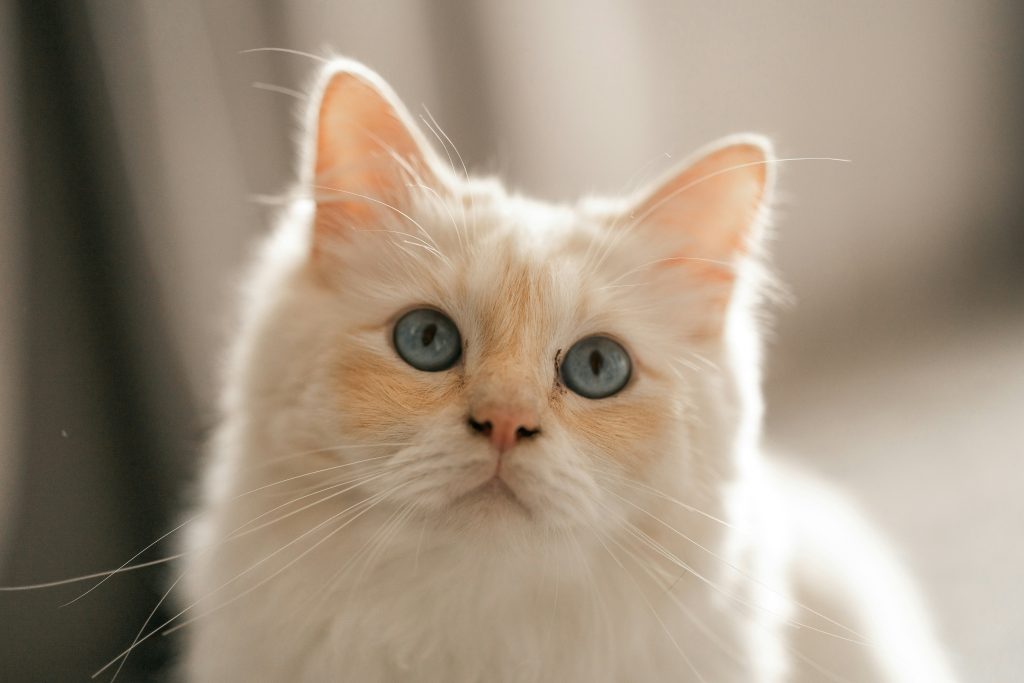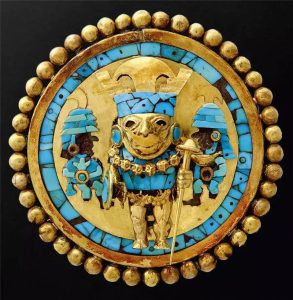Cats are known for their independent personalities and rarely follow human commands, which makes the experiments used to study other animals less applicable to them. Because of this, there has been very little research on cat intelligence and their brains. However, scientists have still attempted a few methods to understand cats’ brains, leading to some preliminary findings. While our understanding of cats isn’t as clear as it is for dogs, some of the mysteries surrounding their behavior have started to be unraveled.
-
Cats Can Read Gestures
Although cats cannot understand every word we say, they can certainly interpret our body language. Researchers have found that cats can follow human gestures and use them to locate food. In a 2005 study, researchers presented cats with two food bowls, one empty and one with food, both out of the cats’ direct view. The researchers pointed to the bowl with food and allowed the cats to choose. The vast majority of cats followed the gesture and went straight to the correct bowl. This indicates that cats have the ability to understand human body language. Having lived with humans for so long, cats can pick up on the subtle cues we give them—though they may not always be as sensitive as dogs.
-
Cats Understand Object Permanence
If we place an object out of sight, such as putting a pair of socks in a drawer, we may not be able to see the socks, but we know they are still there, not gone. This concept is called “object permanence,” a basic abstract concept that even infants struggle to grasp. However, cats do understand this concept. For example, when a cat hunts a mouse and the mouse hides in a hole, the cat will wait by the hole, knowing the mouse hasn’t disappeared but is still there. This shows that cats have some degree of abstract thinking, which is crucial for their hunting instincts.

-
Cats Have Short-Term Memory Limitations
In one study, researchers showed cats the location of a toy and then asked them to find the toy after different time intervals. It was found that cats could remember the correct location for about a minute, but after 10 seconds, their memory began to fade rapidly. In contrast, cats seem to have a better long-term memory. [Link: Can aloof cats remember their owner’s face?
-
Cats Have a Sense of Time
Cats are creatures of habit, typically eating at fixed times. But how do they know when it’s time for a meal? While research on this is limited, some studies confirm that cats do have a sense of time. In one experiment, cats were placed in a cage and released at different time intervals. Two food bowls were provided, and the food was placed in one or the other depending on the time gap. The cats were able to distinguish between intervals of 5, 8, 10, and 20 seconds and consistently chose the correct bowl.
Based on these findings, scientists believe that cats can judge time intervals. In addition to the duration of time, cats are also capable of distinguishing between the number of objects. While there is still much to learn about how cats think, their brains function, and how they perceive the world, one thing is clear: cats do have a certain level of intelligence. It’s just that our understanding of them is still limited. That’s all there is to it.





